Knowing Michael Kamber from his reputation as a conflict photographer, I was expecting this show to be dark, gloomy and generally miserable. Delightfully, the result was quite the opposite. The first impression was of color, every photograph, done in medium format, vivid and vibrant with colors; checkered bedsheets under an amputee, azure stripes on an awkward child, pale purples and bright yellow head-wraps, and skin tones of every shade. The feeling of the show was not one of despair, but of hope, and survival, even in the bleakest regions on Earth.
Highlights of “Portraits of Survival” were Somalia, 2006; a soldier rests on his kalashnikov, red eyes half open; in Afghanistan, 2011, a crowd of women in beautiful pale blue burkas look warily at the camera, the piece pairs beautifully with the nearby monotone Chad, 2007, which shows what is probably a child soldier standing center, alone in a wasteland of sand, wearing gold rimmed sunglasses.
My favorite piece from the series was Nigeria, 2008, where a woman stands surrounded by the fires of refineries, holding a gas can, that could be used for water, or petroleum; the contents are up to us to decide; it is a haunting piece; the centered woman covered in a red glow against the night sky.
However, the real star of this show is The Bronx itself. Kamber's show was held in the poorest congressional district in the United States; a stark contrast, and a short train ride, from the galleries of Chelsea. The “Radical Resurrection” portion of the show focused on the changes in the Bronx from the late 80s and early 90s.
Predictably, the Bronx at the earlier times was a mess, and the portraits of Bronx residents fit in perfectly with survivors of war torn regions, both share the same hardened, world-scarred eyes; but are posing hopefully – the old adage “if you can make it here, you can make it anywhere” has never been put in such a light: “If you can survive here, you can survive everywhere”.
Kamber is active in the community of the south Bronx (he runs the Bronx Documentary Center, a non profit educational space and gallery), and the show was full of locals greeting each other like it was a bloc party, sipping beer and generally hanging out. It was one of the most welcoming and relaxed atmospheres I've seen at an opening.
Context is important, holding the show here not only made it accessible to the neighborhood, letting the residents of this area see other survivors around the world, but it also showed Kamber's dedication to the neighborhood.
I spoke to Kamber about the before and after pictures of the Bronx, in particular Looking Southeast on 138th Street near Cypress Ave. South Bronx. 1990 and it's sister picture 2013; the former, in black and white, shows dilapidated buildings and a ragged billboard, the latter, in color, a set of freshly painted apartment blocks, trees and pedestrians. My question was, does this show gentrification, or resurrection? First, I was told to look around me, look at the locals crowding the space, the middle income, working people who came here; then I was told not only is he against gentrification, he is holding a discussion panel on that very topic in September. To sum up his position in his own words “If you let the developers control the conversation then we're in trouble”. Kamber is clearly trying to give the residents a voice in that conversation.
Kamber himself may be anti-gentrification, but the before and after pictures of the Bronx bring up questions of what kind of resurrection will the Bronx experience? Thats what makes the exhibit powerful, the questions is asks.
Speaking to more in the crowd I found that everyone there was passionate about this neighbourhood, people showed a pride in the South Bronx the like of which I've seen nowhere else in the city. “It's an autonomous zone, it's indigenous and it's retained it's own character” said one attendee, between snapping pictures of a building scheduled for demolition.
If an exhibition can have terroir, then this was South Bronx to the full; the location, the crowd and the work, all typified the attitude of survival and resurrection that the artist aimed for in his thesis.
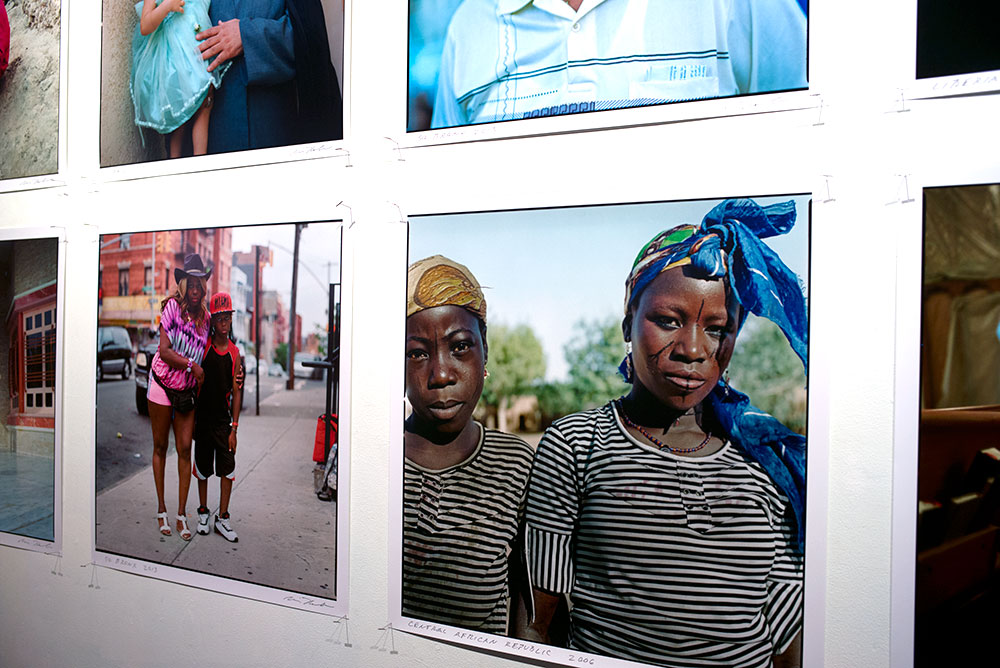
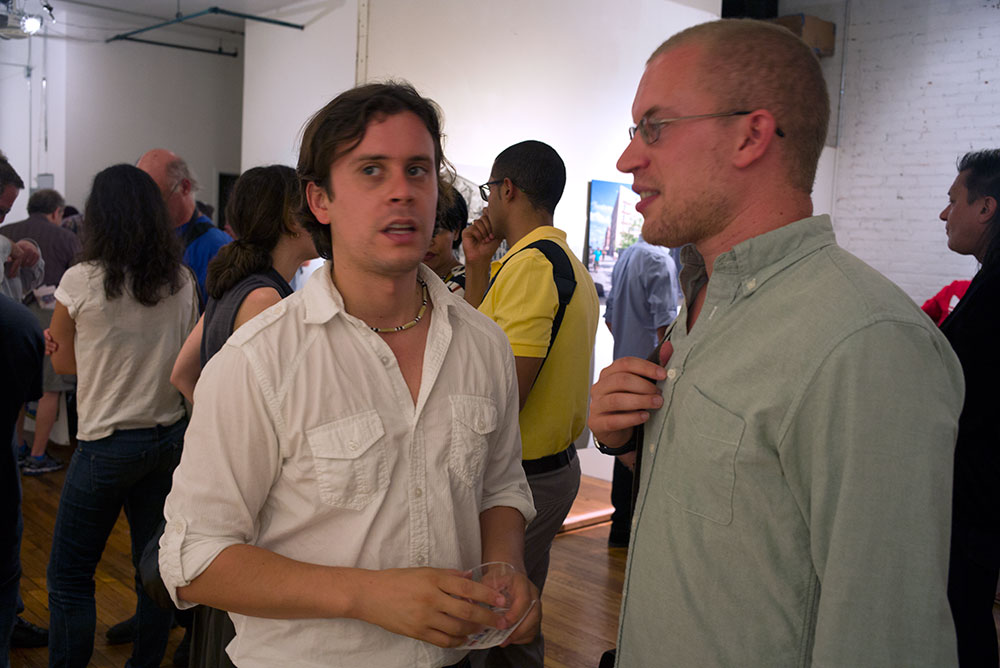
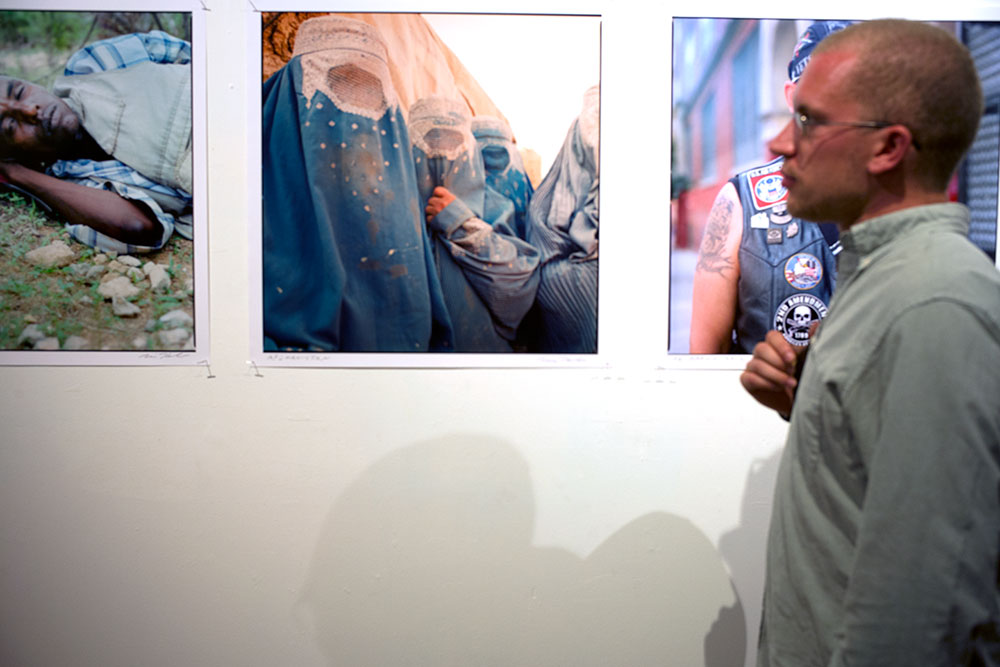
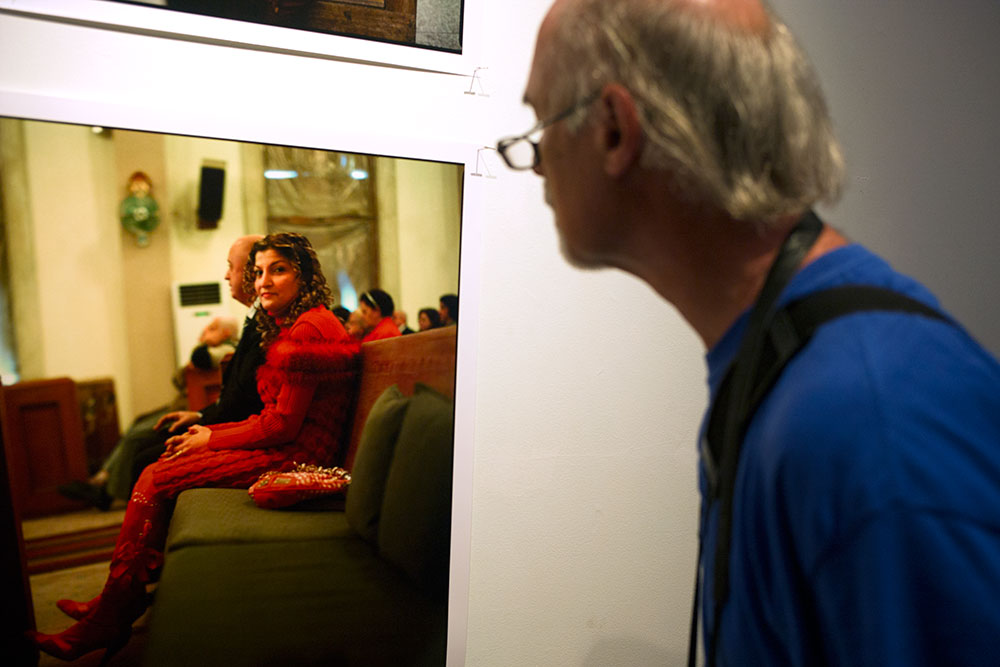
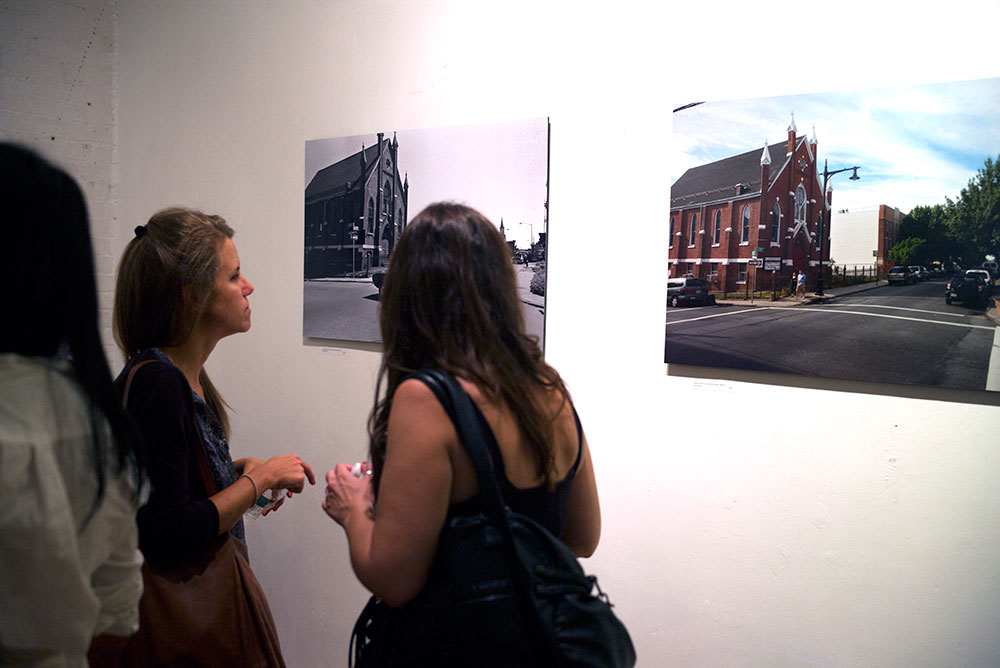
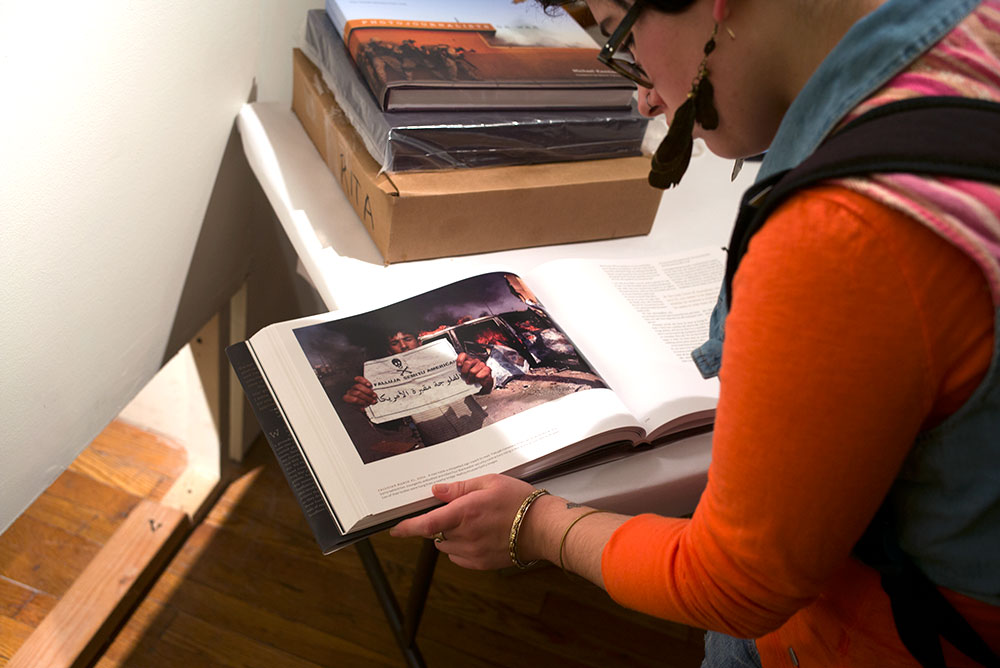
Written by John Hutt
Photography by Kyla Woods/ Benjamin Petit




